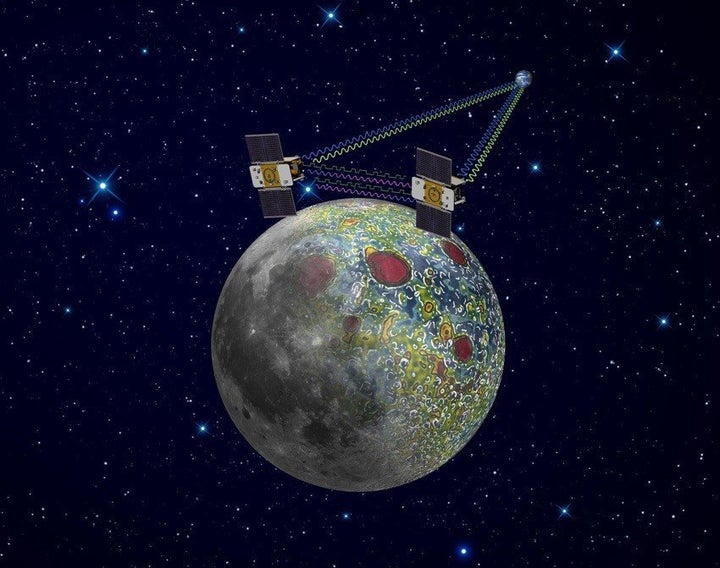
According to a Roper poll conducted two decades ago, nearly four million Americans suspect they've been abducted by space aliens. The experience is not always pleasant, as the aliens refuse to subscribe to the Geneva Conventions. Their victims are frequently laid out on tables and treated to unauthorized and unsavory medical procedures.
It sounds like there's a lot of alien probing going on, and any comprehensive health plan should probably cover it.
But there's a different kind of alien probe to consider, and it's of a type that might actually exist. Namely, space probes -- hi-tech hardware -- that have been placed somewhere in our solar system by extraterrestrial beings keen to monitor our planet. Canadian astronomer Alan Tough has frequently proposed this idea as the type of project that might be tempting to a truly advanced society. After all, if they long ago detected the oxygen in Earth's atmosphere, they might conclude that our world -- clearly carpeted with life -- is worth watching.
Now two post-graduate students at Penn State have published a paper considering whether we'd even notice a spy in the sky, observing Earth from orbit and reporting back to someone (or something) many light-years away.
Obviously, if the probe were large enough - say tens of miles in size -- we would notice. That's a heft comparable to some of the smaller moons of Jupiter, and we'd have found it by now. But it's safe to assume that any aliens able to sequester a probe in our solar system could cram equipment such as cameras, radio receivers, and spectroscopes into a far smaller package. Our own Pioneer and Voyager probes are roughly the size (and vintage) of a Volkswagen Beetle. Yet even with this modest bulk, they've collected a lavish amount of useful information and sent it back to their builders.
So a practical alien probe might fit in your living room. And at that scale, according to the Penn State postdocs, Jacob Haqq-Misra and Ravi Kumar Kopparapu, it could easily remain cryptic.
This shouldn't surprise you. Imagine the solar system as a football stadium, with the Sun on the 50-yard line, and Neptune (the farthest planet, as determined by astronomical vote) in the last row of seats in the end zone. At this scale the Earth is no larger than a pencil point, but a space probe as big as a bus would be the size of an atom! There's simply no hope of finding something that small with our current telescopes unless the probe is outfitted with a noisy radio transmitter (aimed our way) or a set of vulgar, flashing lights.
But maybe the aliens have deployed their instruments much closer, where they would be easier to discover. Perhaps something aesthetically austere, like a slab monolith. If they've placed hardware like that on the moon, we could easily have overlooked it until now. However, as the Penn State authors point out, NASA's Lunar Reconnaissance Orbiter will soon have charted everything larger than a suitcase on the Moon's surface. Eventually, you can expect similarly detailed mapping of Mars. If there are monoliths sticking out of the dirt, we should see them.
However, a probe needn't be on the surface of any world. In fact, it would work better in orbit, with no worries about the long-term effects of weather (on worlds that have it) and with continuous access to sunlight for power.
Alas, and as noted, it's probably hopeless -- at least in the foreseeable future -- to do a thorough reconnaissance of our solar system. Nonetheless, there are certain places, such as the Lagrange points between the Earth and Moon, where a detailed search for not-made-on-Earth hardware could be undertaken. The Lagrange points are five positions in space -- all relatively nearby -- where all the gravitational and centrifugal forces sum to zero. While most are unstable, Lagrange points 4 and 5 are OK for long-term parking. They're prime locations for probes of our planet.
Some examinations of Lagrange 4 and 5 in the Earth-Moon system have already been made, but these experiments weren't sensitive enough to find anything smaller than your average three-bedroom home. A concerted effort could do better. And frankly, it sounds like an interesting thing to do.
Bottom line? There's no evidence we're being watched, but hidden surveillance can't be ruled out either. You should be familiar with this situation: It's like shopping at your local convenience store.